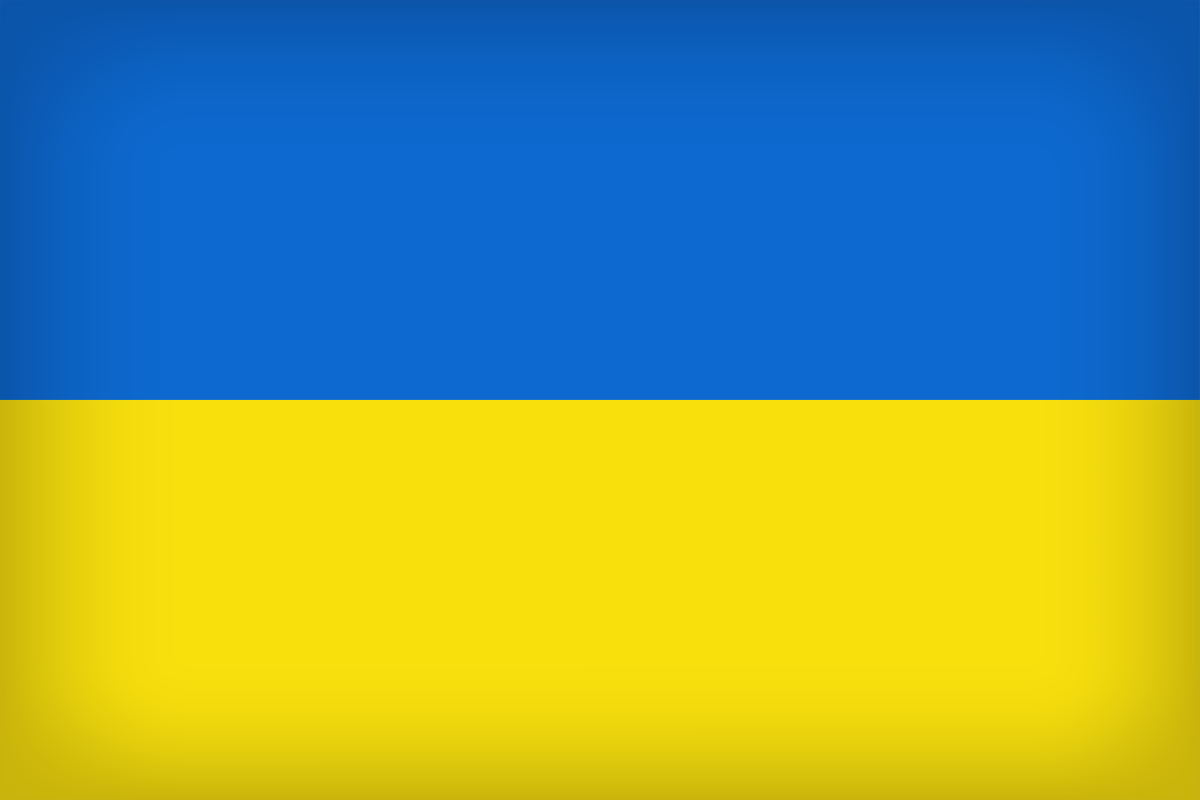Why study Computer Arts at Abertay?
Immerse yourself in a world of digital design on one of the most acclaimed Computer Arts degrees in Europe. You’ll be immersed in 2D and 3D art techniques, creating characters, environments, and animation using industry-standard software and hardware. Ranked TOP Scottish Modern University for Computer Arts and Game Design (Complete University Guide 2025).
Join our vibrant, multi-disciplinary community, with industry and creative professionals who’ll support and guide you all the way.
You’ll access networking, collaboration, and mentorship opportunities with leading game studios. Through individual and team projects you’ll develop industry-ready work, showcasing your artistic, professional and technical abilities.
We equip aspiring artists like you with the professional skills you need to thrive in the dynamic world of digital art and games.
As well as lectures and classes, you'll have opportunities to engage with industry practitioners, attend visiting lectures, participate in masterclasses and receive project mentoring.
Our open-plan studios cultivate interdisciplinary study. This means you’ll use cutting-edge technology and entertainment production techniques as you work collaboratively with other students in game design and games technology. Plus as part of the Adobe Creative Cloud, you will have full access to applications such as Photoshop, InDesign, Acrobat, and more.
Intern and mentorship opportunities
There are internship/placement opportunities which you can apply for in third year. Alternatively, you’ll work directly with industry mentors, developing a prototype project as part of an multi-disciplinary team. These hands-on experiences enrich your learning and enhance your CV by showcasing your ability to tackle real-world projects. Find out more.
Our in-demand graduates work across the world in computer games, film, TV and animation - apply today and start your own journey.
Accreditations
This degree is accredited by TIGA, the trade association representing the UK video games industry.



























